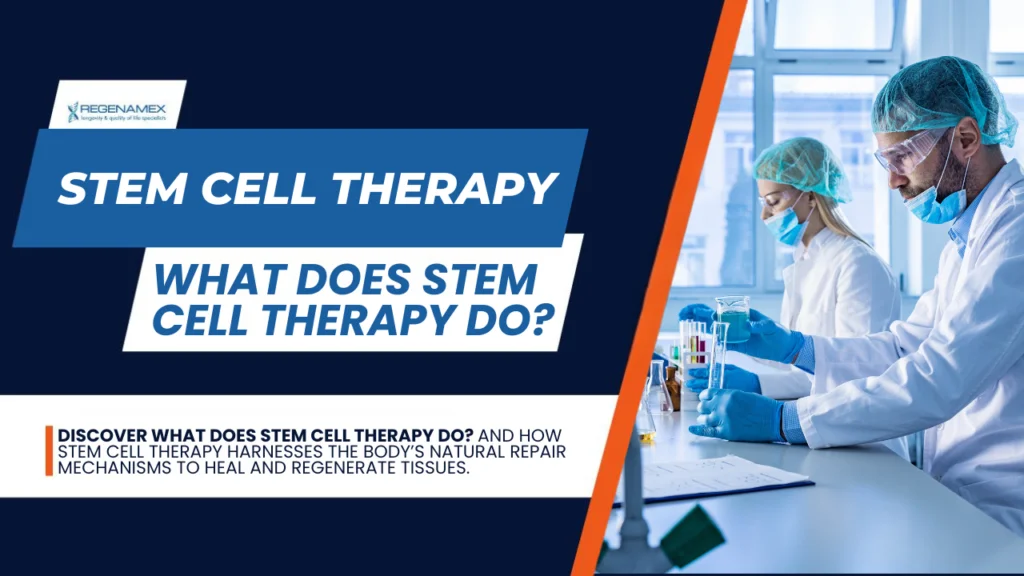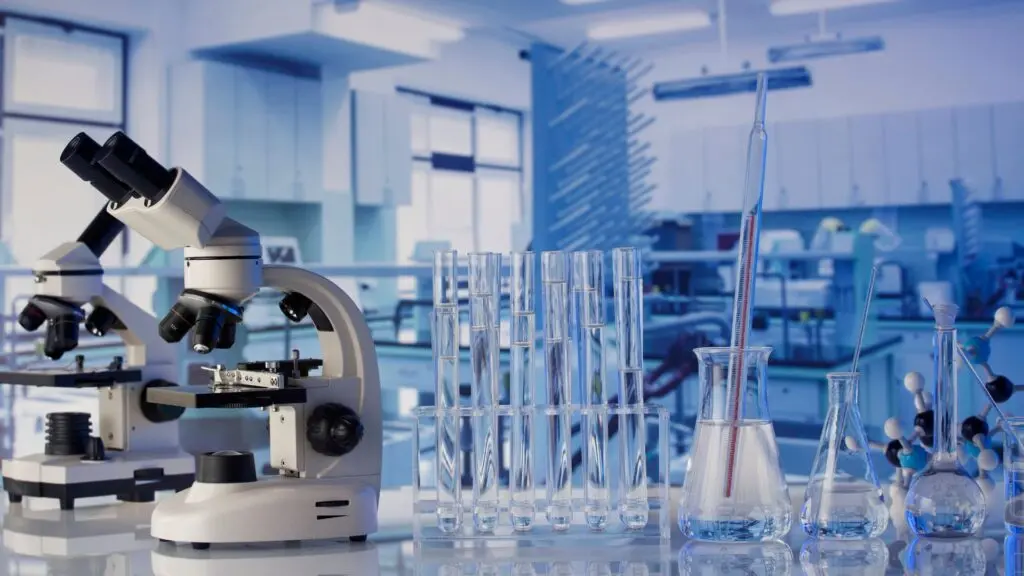
Stem cell therapy has emerged as a revolutionary medical treatment, offering hope for a wide range of conditions. But what does stem cell therapy do? At its core, stem cell therapy harnesses the body’s natural repair mechanisms to heal and regenerate damaged tissues. This innovative approach has transformed the way we think about treating diseases and injuries, positioning it as a cornerstone of regenerative medicine.
Stem cells are unique because they have the ability to differentiate into various types of cells in the body. They act as the body’s internal repair system, replenishing damaged or dead cells to maintain health. When administered correctly, stem cell therapy can target specific areas of damage, promoting healing and restoring function in ways that traditional treatments often cannot.
Understanding Stem Cells

To truly comprehend what stem cell therapy does, it’s essential to delve into the fascinating world of stem cells. These incredible building blocks of life are distinguished by their unique ability to develop into specialized cell types, making them integral to the body’s repair mechanisms. Stem cells are broadly categorized into embryonic stem cells, induced pluripotent stem cells (iPSCs), and adult stem cells, including the widely researched Mesenchymal Stem Cells (MSCs). Among these, MSCs have emerged as the most commonly utilized in therapeutic applications due to their remarkable versatility, ready availability, and proven effectiveness in promoting healing and regeneration.
Mesenchymal Stem Cells, in particular, possess extraordinary properties that make them invaluable in modern medicine. With their potent anti-inflammatory, immunomodulatory, and regenerative capabilities, MSCs play a critical role in restoring health and function in damaged tissues. These cells can be harvested from diverse sources, such as bone marrow, adipose tissue, and Wharton’s Jelly—a rich, gelatinous substance found in the umbilical cord. By harnessing the power of MSCs, medical professionals can address a wide array of conditions, including chronic joint pain, degenerative diseases, and autoimmune disorders, paving the way for innovative treatments that restore both health and hope.
The Science Behind Stem Cell Therapy

What does stem cell therapy do on a cellular level? To answer this, it’s crucial to understand how these remarkable cells interact with the body. Once introduced, stem cells exhibit a natural ability to home in on areas of damage or inflammation. Guided by chemical signals, they migrate to affected tissues, where they release a potent cocktail of growth factors and cytokines. These substances stimulate the repair and regeneration of damaged cells, reduce inflammation, and modulate the immune response to restore balance. This dynamic process not only accelerates the body’s natural healing mechanisms but also helps to prevent additional harm, making stem cell therapy a powerful tool in regenerative medicine.
The applications of this science are vast and transformative. For instance, in orthopedic conditions such as osteoarthritis, stem cell therapy has demonstrated the ability to regenerate cartilage, alleviate pain, and restore joint functionality. This can significantly improve the quality of life for individuals suffering from debilitating joint issues. Similarly, in autoimmune diseases like Lupus or Rheumatoid Arthritis, stem cells work to recalibrate the immune system, reducing its harmful attacks on the body’s own tissues. By targeting the root causes of inflammation and immune dysfunction, stem cell therapy offers hope for lasting relief and improved health outcomes.
Applications of Stem Cell Therapy
Stem cell therapy has a broad range of applications, addressing both chronic and acute conditions. Some of the most common uses include:
Orthopedic Treatments: Repairing damaged cartilage, tendons, and bones.
Autoimmune Disorders: Modulating the immune system to manage conditions like Multiple Sclerosis, Crohn’s Disease, and Ankylosing Spondylitis.
Neurological Conditions: Supporting neural repair in diseases like Parkinson’s, Alzheimer’s, and spinal cord injuries.
Cardiovascular Health: Promoting heart muscle regeneration in conditions like heart failure.
Skin and Cosmetic Regeneration: Enhancing skin health and appearance by promoting tissue repair and elasticity.
What Does Stem Cell Therapy Do for Chronic Conditions?

For individuals grappling with chronic conditions, stem cell therapy represents a groundbreaking shift in treatment, offering possibilities that go beyond merely managing symptoms. Traditional approaches to chronic pain often rely on medications that provide temporary relief by masking discomfort, without addressing the underlying issues causing the pain. In contrast, stem cell therapy tackles the root cause head-on by promoting the repair and regeneration of damaged tissues. These therapies work by utilizing the innate healing properties of stem cells, which home in on areas of damage, release growth factors, and reduce inflammation. This not only alleviates pain but fosters long-term recovery, helping patients regain functionality and mobility.
Moreover, the benefits of stem cell therapy extend beyond pain management. For many living with chronic conditions, such as arthritis, degenerative disc disease, or tendon injuries, the constant cycle of discomfort and limited treatment options can significantly impact their quality of life. Stem cell therapy disrupts this cycle by addressing the structural and cellular damage at its core. By reducing inflammation and enabling tissue regeneration, it empowers patients to reclaim their independence and vitality, offering a renewed sense of hope. This innovative approach provides a path toward lasting relief and improved well-being, revolutionizing the way chronic conditions are treated.
The Future of Stem Cell Therapy
The potential of stem cell therapy is boundless. Researchers are continually uncovering new applications, from treating genetic disorders to combating age-related degeneration. As technology advances, the efficacy and accessibility of stem cell therapy are expected to grow, making it a pivotal component of modern medicine.
Why Choose Regenamex for Stem Cell Therapy?
Regenamex stands at the forefront of stem cell therapy in Mexico. Our commitment to innovation and excellence ensures that patients receive cutting-edge treatments tailored to their specific needs. With a dedicated team of medical professionals and years of experience, we provide unparalleled care in regenerative medicine.
Conclusion
So, what does stem cell therapy do? It offers hope, healing, and a pathway to improved health. By leveraging the body’s natural ability to repair and regenerate, stem cell therapy addresses a wide range of conditions, from chronic pain to degenerative diseases. If you’re ready to explore the transformative potential of stem cell therapy, contact Regenamex today. Our team is here to guide you on your journey to optimal health and well-being.
Discover the life-changing benefits of stem cell therapy at Regenamex. Contact us now to schedule your consultation and take the first step toward a healthier, more vibrant future.

